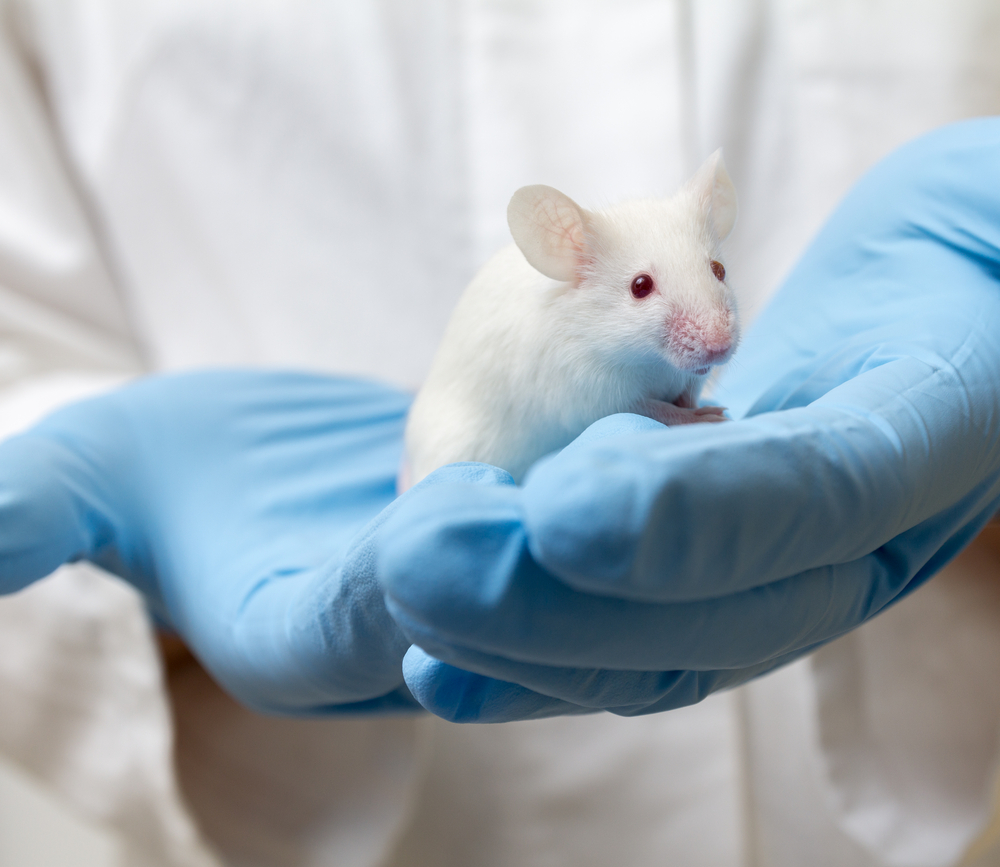Protein on Surface of Immune Cells May Drive Inflammation in Pulmonary Fibrosis, Study Suggests

Immune cells can sense the mechanical forces at work in the lungs via a gate called PIEZO1, and deleting this gene in immune cells led to worse lung infections, researchers report. But its loss eased the inflammation associated with lung scarring in a mouse model of pulmonary fibrosis.
Their study “Mechanosensation of cyclical force by PIEZO1 is essential for innate immunity” was published in the journal Nature.
Innate immune cells, like macrophages and monocytes (collectively called myeloid cells), are responsible for clearing bacteria and other microorganisms from our bodies. Besides recognizing pathogens, these cells are also able to sense their surrounding environment, noticing changes in nutrients, acidity levels, temperature, oxygen levels, and infection-induced damage.
Reading such cues helps myeloid cells to mount a tailored immune response in environments with unique characteristics, like that of the lung. But these cells are also involved in the inflammatory reaction and long-term inflammation that can harm tissues.
Researchers at Yale University School of Medicine showed that myeloid cells also react to mechanical forces and pressure through a molecular sensor at their surface called Piezo1.
The Pulmonary Fibrosis News forums are a place to connect with other patients, share tips and talk about the latest research. Check them out today!
The act of breathing generates in the lung a cycle of compression and decompression that changes the pressure and forces felt by cells. To study how this mechanical process affects immune cells, researchers created a genetically modified mouse model in which the PIEZO1 gene was specifically deleted in myeloid cells.
They then did comparative studies. Looking at myeloid cells isolated from the bone marrow of normal mice in the context of bacterial infection or fibrotic auto-inflammation, the researchers observed that once these cells are stimulated by pressure (similar to what immune cells in the human lung experience), they launch a pro-inflammatory response and secrete molecules known as chemoattractants. These molecules ‘call’ other immune cells to the infection/injury site.
In contrast, when PIEZO1 was missing from myeloid cells no pro-inflammatory response was seen.
A genetic profile showed that the transcription-factor HIF1alpha was responsible for triggering this pro-inflammatory status.
Researchers also found that the cyclic pressure triggers the Piezo1 channel to transport calcium ions into the cell, leading to an accumulation of HIF1alpha. Piezo1’s recruitment of HIF1alpha was dependent on the production of endothelin 1, a hormone that stabilizes HIF1alpha.
Next, researchers tested whether this mechanism was necessary for fighting infections in the lung. They infected mice with Pseudomonas aeruginosa bacteria, and observed that mice without the PIEZO1 gene had higher levels of bacteria in their lungs. The infection was also more likely to spread to the liver in these mice than in control mice with a working PIEZO1 gene.
Administering endothelin 1 to the PIEZO1-deficient mice lessened the infection. This work also confirmed that endothelin 1 was produced by myeloid cells.
Such results led the team to reason that PIEZO1 could have a role in lung diseases where the pulmonary environment is altered.
In pulmonary fibrosis, lung mechanics change due to the scarring that stiffens lung tissue, making it harder for the lungs to expand and contract. Pulmonary fibrosis patients also usually have high numbers of immune cells in their lungs.
Bleomycin was used to simulate this disease in PIEZO1-deficient mice, as it induces lung fibrosis. Results showed lesser lung damage in the gene-deficient mice, pointing to the absence of PIEZO1 as creating a protective effect in the lung.
Overall, data suggest that PIEZO1 may be a player in the exacerbated inflammatory reaction that is often associated with pulmonary fibrosis.
“These findings indicate that immune-cell recognition of force and pressure is not only an important cue for an appropriate immune response to pulmonary infection, but can also perpetuate and exacerbate pathogenic autoinflammation in the context of pulmonary fibrosis,” the team concluded.






